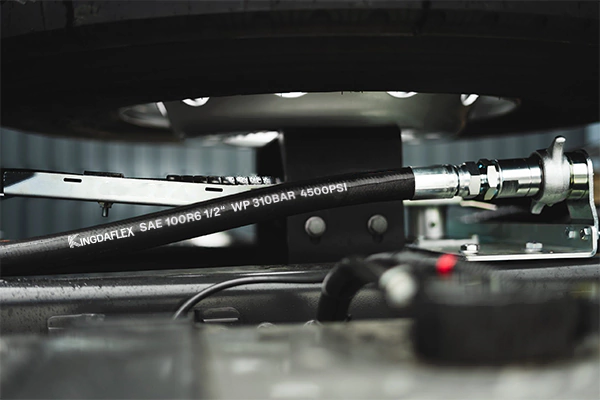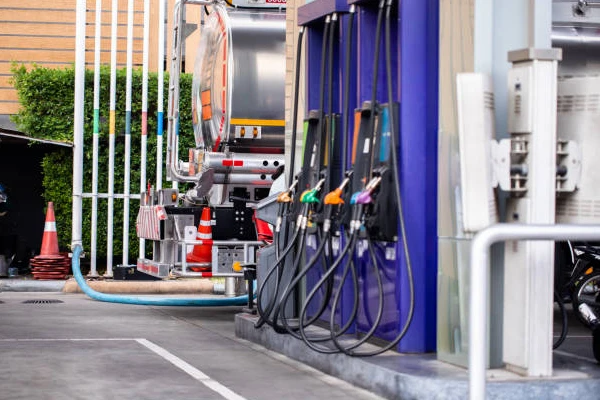When it comes to hose selection, PTFE hoses and rubber hoses are two of the most commonly used choices in industrial, automotive, and household applications. Each type offers distinct features, advantages, and limitations that make them suitable for specific tasks depending on durability, flexibility, chemical resistance, and temperature performance.
Understanding the differences between PTFE hoses and rubber hoses helps businesses and individuals make informed decisions for their projects. Whether you need a hose for high-pressure fluid transfer, chemical resistance, or general-purpose applications, learning the strengths and weaknesses of each material ensures better efficiency, safety, and long-term performance.
What is a PTFE Hose?
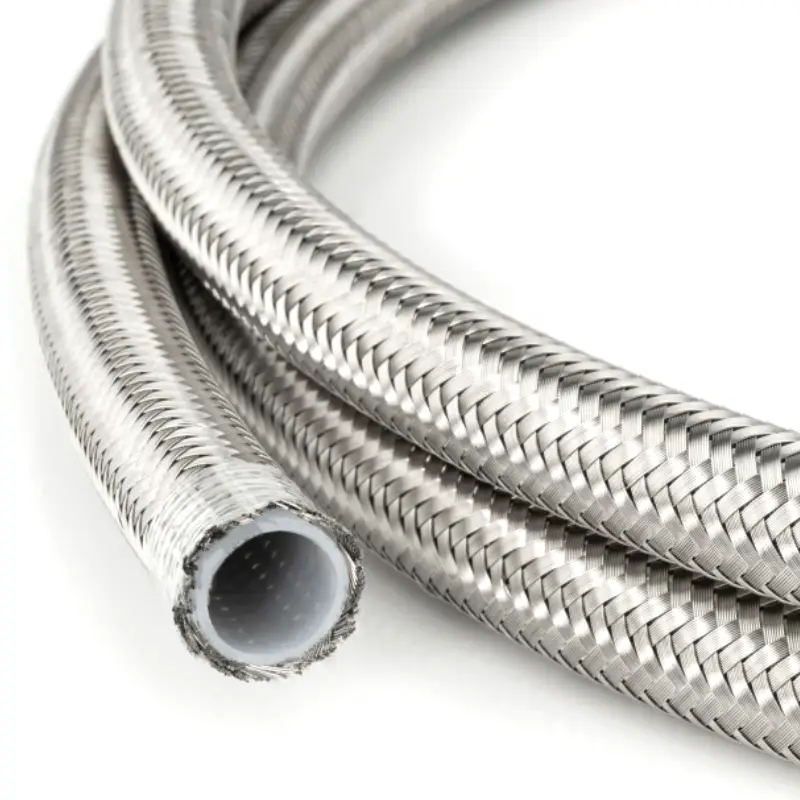
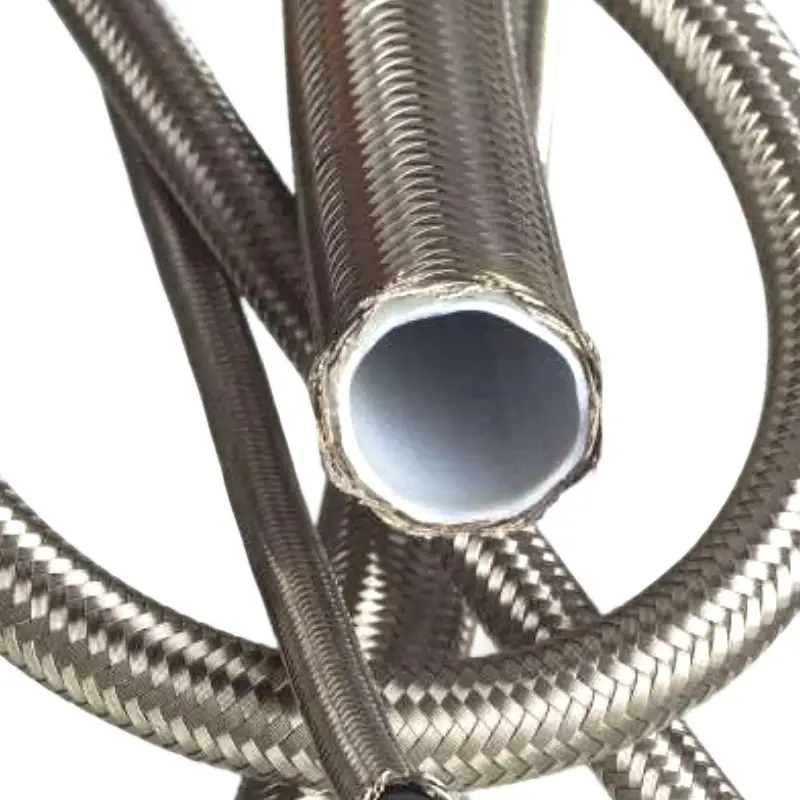
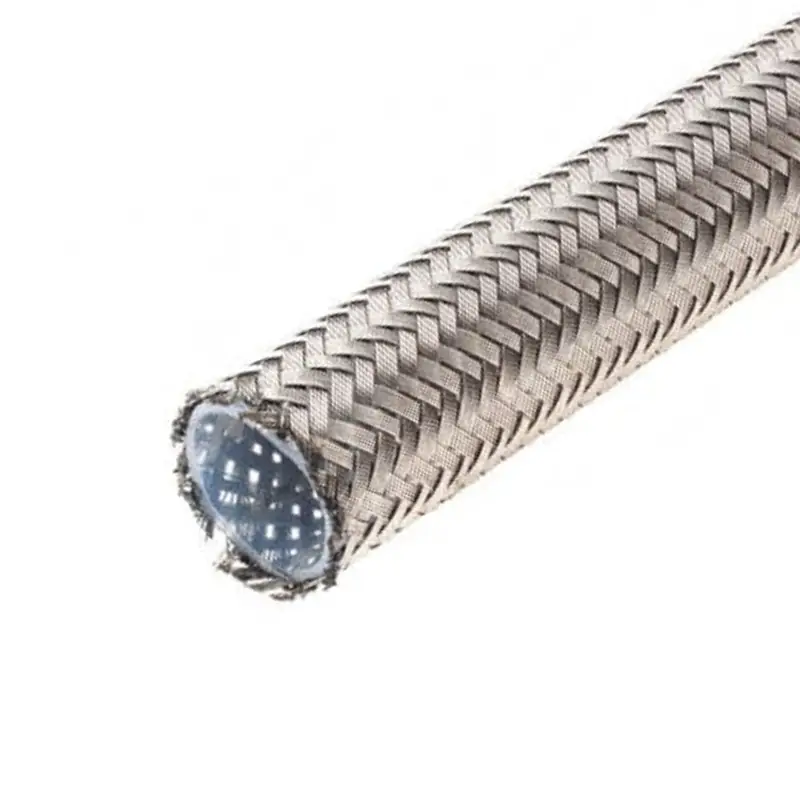
A PTFE hose is a specialized hose made from polytetrafluoroethylene, commonly known as Teflon. Known for its superior chemical resistance, wide temperature tolerance, and non-stick properties, PTFE hoses are widely used in demanding applications across industrial, chemical, automotive, and food processing industries where performance and reliability are critical.
Applications of PTFE Hose:
- Chemical Transfer: PTFE hoses safely transport aggressive acids, solvents, and corrosive chemicals without degradation, ensuring reliable performance in laboratories, chemical plants, and industrial facilities under extreme conditions.
- High-Temperature Environments: With excellent heat resistance, PTFE hoses perform consistently in applications involving steam, hot oils, and gases, maintaining structural integrity without compromising safety or efficiency.
- Food and Beverage Processing: PTFE hoses handle consumable liquids safely, preventing contamination and preserving flavor quality, making them ideal for breweries, dairies, and beverage manufacturing facilities requiring strict hygiene.
- Pharmaceutical Applications: In pharmaceutical production, PTFE hoses ensure purity, prevent chemical reactions, and withstand sterilization, supporting high standards of cleanliness and compliance with health regulations.
- Automotive and Aerospace: PTFE hoses are used in fuel, hydraulic, and brake systems, providing lightweight, durable, and reliable solutions for critical vehicle and aircraft performance needs.
What is a Rubber Hose?
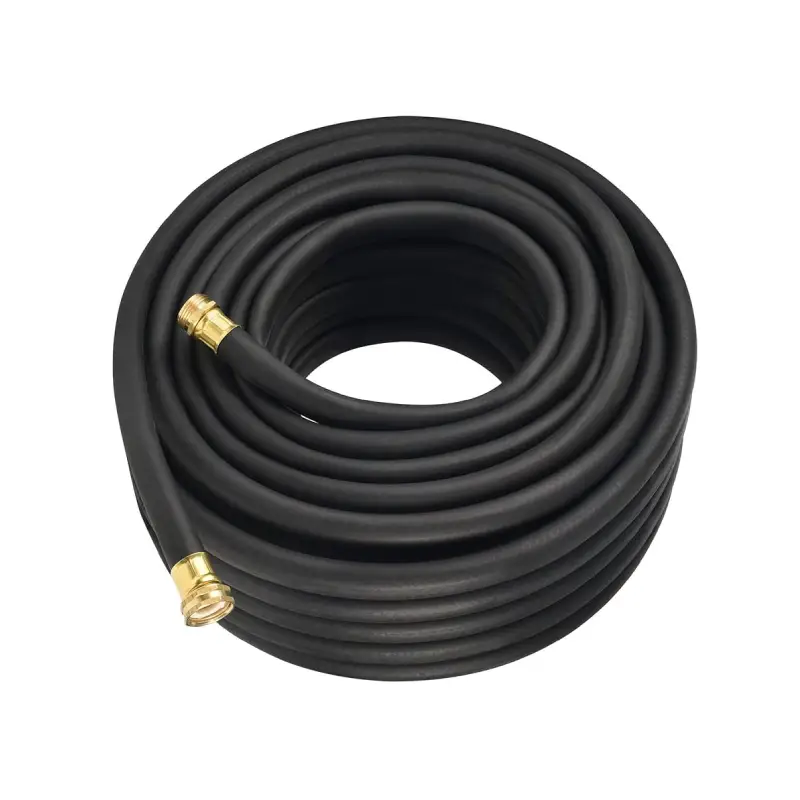
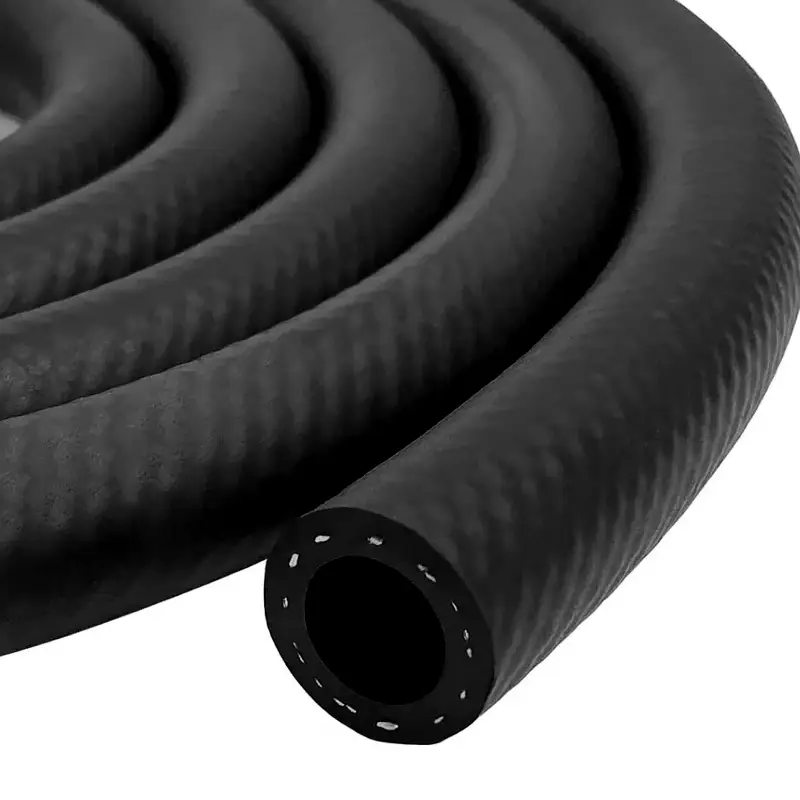
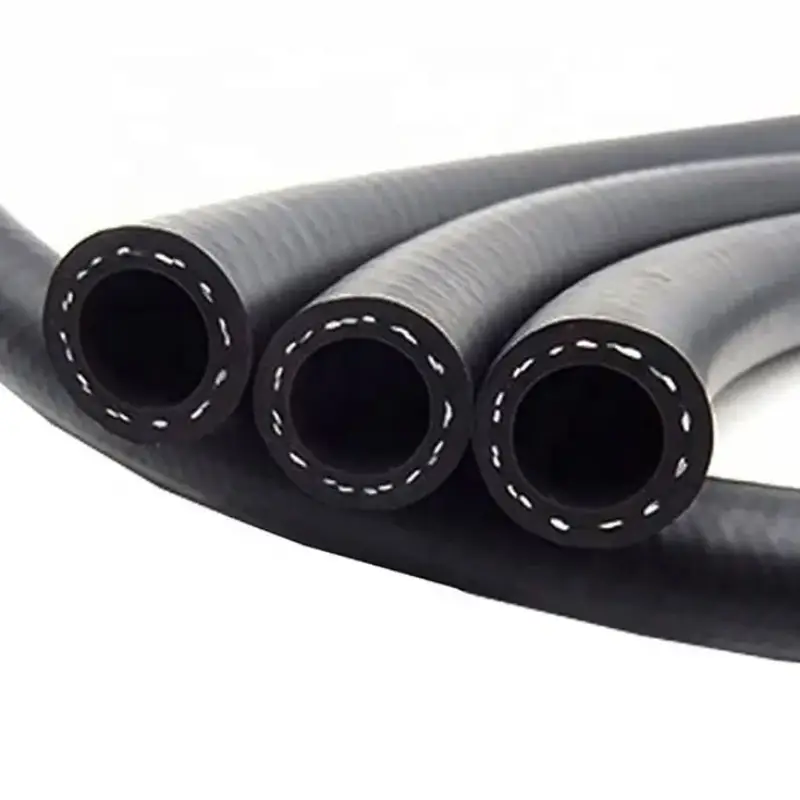
A rubber hose is a flexible, durable, and versatile tube made from natural or synthetic rubber. It is widely used for transferring fluids, air, or gases across different industries. Known for strength, flexibility, and weather resistance, rubber hoses are essential in industrial, agricultural, and household applications worldwide.
Applications of Rubber Hose
- Gardening and Lawn Care: Rubber hoses provide reliable water delivery for lawns, plants, and gardens, ensuring smooth irrigation and convenience for homeowners and landscapers.
- Industrial Fluid Transfer: Commonly used in factories and workshops, rubber hoses handle water, oil, and non-corrosive fluids safely, supporting machinery, cleaning, and production processes efficiently.
- Automotive Use: Rubber hoses play a vital role in fuel, coolant, and hydraulic systems, delivering dependable performance and resistance to pressure, heat, and continuous operation.
- Agricultural Irrigation: Farmers use rubber hoses for crop irrigation, livestock watering, and spraying tasks, as they ensure durability and reliability in rugged outdoor agricultural environments.
- Construction Sites: Rubber hoses support construction activities by transferring water, air, or slurry, offering durability and flexibility under harsh conditions and demanding site operations daily.
PTFE Hose vs Rubber

PTFE hose and rubber hose are both widely used in industrial applications, but they differ significantly in material properties, performance, and cost. Choosing between them depends on factors like durability, flexibility, chemical resistance, and intended use.
Durability
PTFE hoses are highly durable due to their resistance to wear, high temperatures, and harsh chemicals, making them suitable for long-term use. Their lifespan often outlasts rubber hoses in demanding environments.
Rubber hoses, while durable, can degrade over time from exposure to UV light, ozone, and certain chemicals. They are better suited for less aggressive conditions where extreme durability isn’t the main requirement.
Flexibility
Rubber hoses are known for their flexibility and ease of handling, making them easier to install in tight spaces or applications needing frequent movement.
PTFE hoses, on the other hand, are stiffer and less flexible. They require more careful installation but provide stability in high-pressure or high-temperature settings.
Temperature Resistance
PTFE hoses can withstand a broad temperature range, from very low to extremely high, without losing structural integrity. This makes them ideal for high-heat or cryogenic environments.
Rubber hoses have a more limited temperature range and can lose elasticity or harden when exposed to extreme temperatures, limiting their application in harsh climates.
Chemical Resistance
PTFE hoses offer superior resistance to almost all chemicals, acids, and solvents, making them a preferred choice in chemical, pharmaceutical, and food industries.
Rubber hoses have moderate resistance, depending on the rubber type, but they are more vulnerable to corrosion or chemical attack compared to PTFE hoses.
Cost and Applications
Rubber hoses are generally more affordable and widely used for everyday applications like water, air, and light industrial fluids. They are budget-friendly and versatile.
PTFE hoses are more expensive due to advanced material properties, but their value comes from long-term durability and reliability in critical, high-performance applications.
Here are some differences between PTFE hose and rubber hose
| Aspect | PTFE Hose | Rubber Hose |
|---|---|---|
| Durability | Long lifespan, resistant to wear, UV, and harsh chemicals | Moderate lifespan, degrades with UV, ozone, and certain chemicals |
| Flexibility | Stiffer, harder to install in tight spaces | Very flexible, easy to handle and install |
| Temperature Range | Extreme resistance, suitable for cryogenic to high-heat environments | Limited resistance, loses elasticity at extremes |
| Chemical Resistance | Excellent, resists almost all chemicals, acids, and solvents | Moderate, varies with rubber type, less resistant overall |
| Cost & Use Cases | Higher cost, used in critical chemical, pharma, food, and high-pressure | Lower cost, used in air, water, and general industrial needs |
How to Choose PTFE Hose and Rubber Hose?
Selecting the right hose requires evaluating your application needs, environment, and long-term performance expectations. Both PTFE and rubber hoses serve specific purposes, so consider the following aspects before making your decision.
- Application Requirements – Consider the type of fluid, pressure, and movement involved. PTFE hoses excel in high-pressure, high-heat, and chemical-heavy conditions, while rubber hoses are suitable for general-purpose uses like water, air, and moderate fluid transfers.
- Temperature Range – Evaluate the working environment. PTFE hoses handle extreme temperatures from cryogenic levels to high heat without losing performance. Rubber hoses are limited, performing well only in moderate climates and less extreme temperature fluctuations.
- Chemical Compatibility – Check if the hose will face exposure to chemicals, acids, or solvents. PTFE hoses provide unmatched chemical resistance, whereas rubber hoses should be chosen carefully based on the type of rubber compound used.
- Flexibility Needs – Assess installation space and movement. Rubber hoses are easier to bend, install, and handle in tight areas. PTFE hoses, being stiffer, require more careful routing but provide stability in high-demand environments.
- Budget and Lifespan – Factor in both initial cost and long-term value. Rubber hoses are cheaper upfront but may degrade faster, while PTFE hoses cost more initially but offer extended service life and lower replacement frequency.
Conclusion
Choosing between PTFE hoses and rubber hoses depends on the specific application, environmental conditions, and performance requirements. PTFE hoses excel in chemical resistance and temperature tolerance, while rubber hoses provide flexibility, cost-effectiveness, and durability in everyday uses. Both have important roles across industries, making careful selection essential.
At Kingdaflex, we understand the diverse needs of our customers and offer both PTFE hoses and rubber hoses with strict quality control. Our products are designed to handle demanding conditions while delivering reliable performance. By sourcing directly from us, you ensure consistent supply, customizable options, and professional technical support.
If you are looking for wholesale rubber hoses and PTFE hoses, Kingdaflex is your trusted partner. We provide competitive pricing, dependable manufacturing, and global shipping to meet your requirements. Partner with Kingdaflex today to get high-quality hoses that deliver long-lasting performance for your industrial, automotive, and household applications worldwide.


